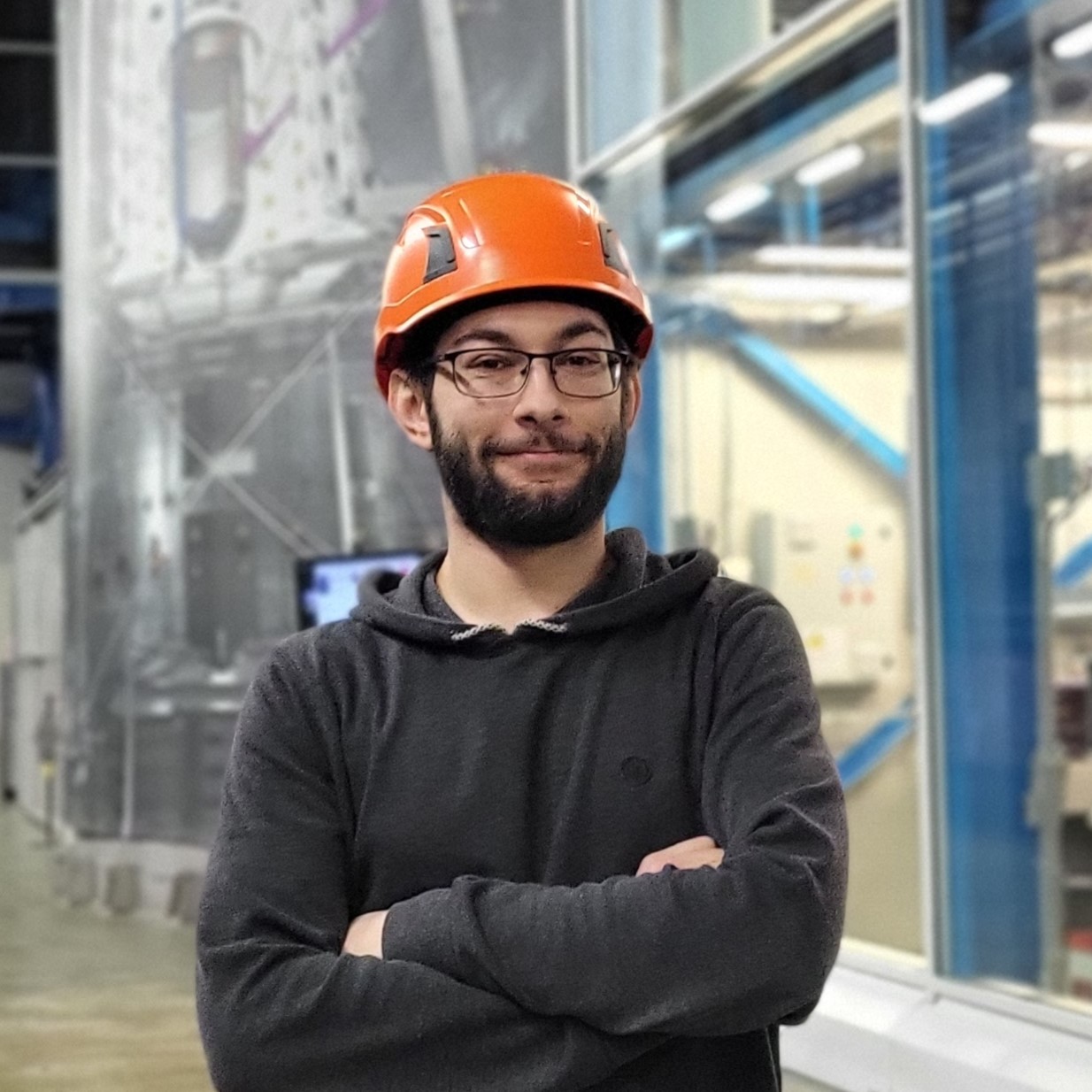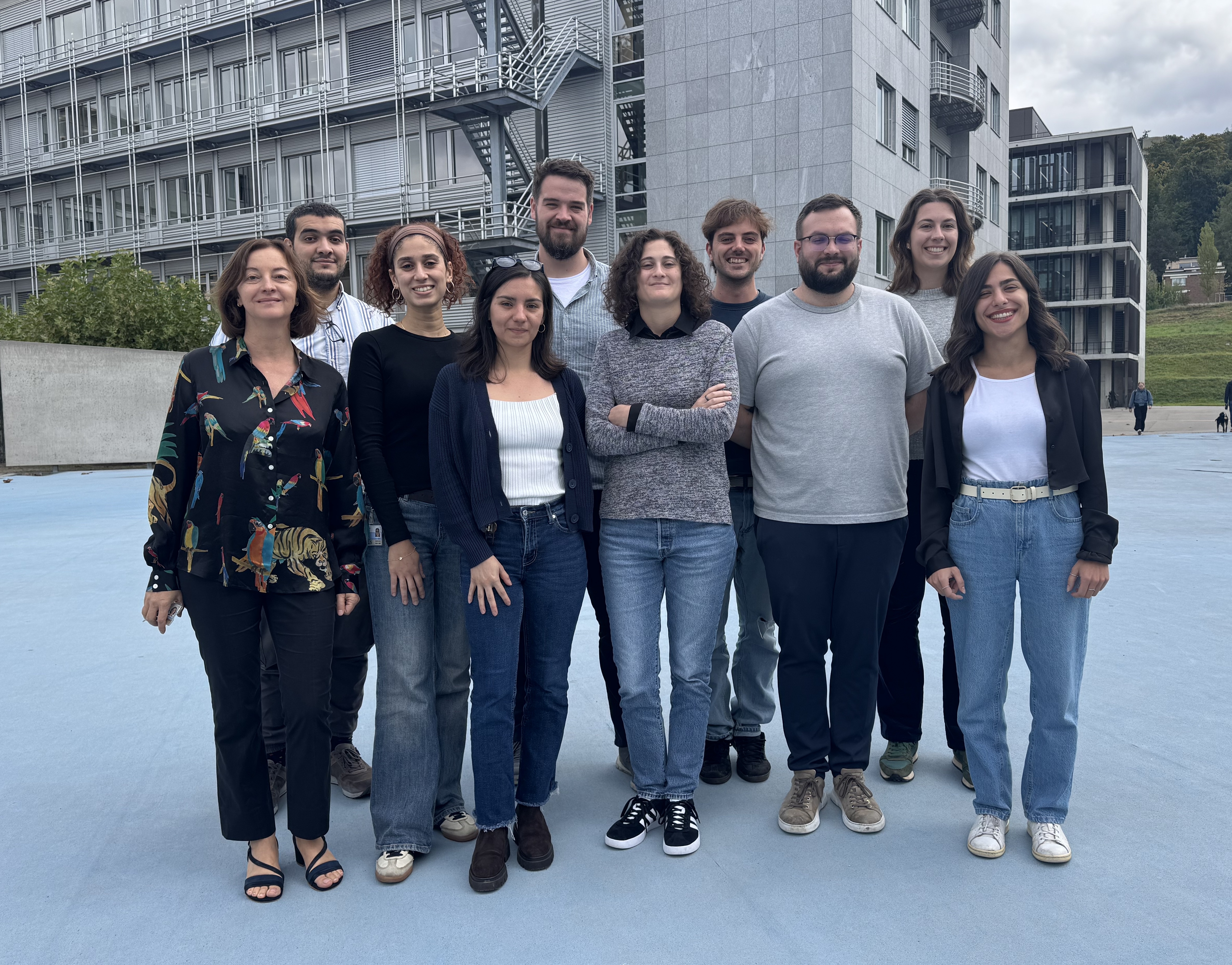News
14.11.2025: LEGEND Collaboration Meeting at LNGS

The first week of November our group met the other members of the LEGEND Collaboration at LNGS, Gran Sasso National Laboratory in Italy, the same facility hosting LEGEND-200 and future house of LEGEND-1000.
We presented talks and posters about our research topics: quality assessment and background inspection of LEGEND-200 data collected this year, coordination of the pulse shape simulation studies and pulse shape simulation tuning with single-source calibration runs, characterization of wavelength-shifting reflectors for the liquid argon instrumentation of LEGEND-1000, measurement of gamma activity and neutron flux of newly produced 228Th calibration sources using the GATOR facility.
This occasion was very important for sharing feedbacks with collaborators and contributing to shape meaningful dialogues about what comes next for the experiment.
10.10.2025: Marie Skłodowska-Curie Postdoctoral Fellowship for Dr. Ricardo Peres

We are pleased to announce that Dr. Ricardo Peres has been awarded a prestigious and highly competitive Marie Skłodowska-Curie Postdoctoral Fellowship.
Ricardo has started the 2 years fellowship at Imperial College London in the group of Prof. Henrique Araújo last June. His project, IRIS-XLZD, will focus on R&D for the next-generation xenon observatory, XLZD. Building on his work at the University of Zurich, Ricardo will investigate the use of SiPMs to improve the optical readout instrumentation of the liquid xenon skin and explore solutions to ensure the supernova-readiness of the future detector . The project will also involve close collaboration with the group at UZH, including joint R&D using the Xenoscope facility.
03.10.2025: XENONnT workshop at UZH

We hosted the yearly XENONnT workshop on high energy electronic recoil analysis channels. Our group is highly involved in the coordination and in several analyses, working on double weak decays of Xe124, Xe136 and Xe134.
During the five-days workshop, we focused on developing common tools such as simulations and template builders for the background, and statistical inference. We also discussed the next steps and goals of the group for the upcoming year.
After the intense working days we also found some time to enjoy Zurich and to try fondue!
02.10.2025: First QROCODILE paper published in Physical Review Letters

The first results from the QROCODILE (Quantum Resolution-Optimized Cryogenic Observatory for Dark matter Incident at Low Energy) experiment are published in Phys. Rev. Lett. 135, 081002. In the paper, also featured in Physics, we use superconducting nanowire single-photon detector (SNSPD) to search for dark matter (DM) candidates with masses as low as 30 keV. We set new world-leading constraints for DM-electron scattering, DM-nucleon scattering and electronic absorption of dark photon.
You can find more info on the experiment and the collaboration on our website.
QROCODILE through the words of our collaborator in Phys.org
01.10.2025: XENONnT reaches world-record low in radon background

The XENONnT collaboration has hit a groundbreaking milestone in their relentless efforts of mitigating their experimental backgrounds in their search for dark matter. A major hurdle is the background from radon and its decay products, which are omnipresent in trace amounts in nearly all materials and have long been a dominant source of background noise in the hunt for rare events. In a recent paper published in Physical Review X which got also featured in Physics, the team details their innovative use of a high-flow cryogenic distillation facility allowing to separate their xenon from the radon, resutling in a four fold reduction in the radon background. For the first time, they have achieved radon-induced background activities which are comparable to those from solar neutrinos. This remarkable advancement is set to improve their rare-event searches and enhance the sensitivity of future liquid xenon detectors.